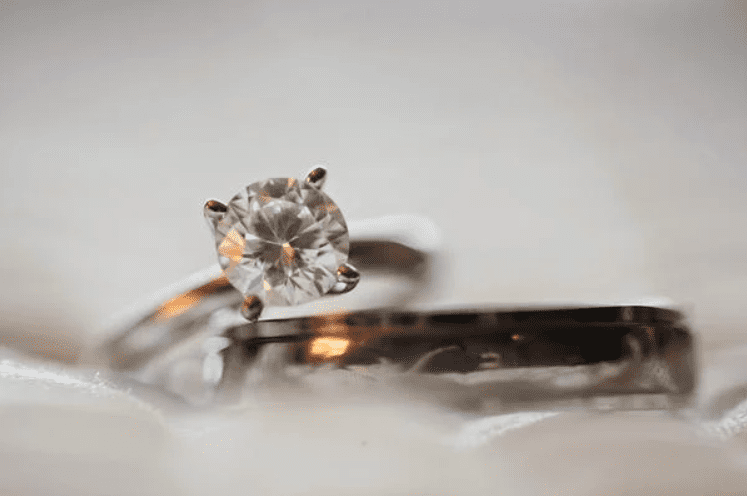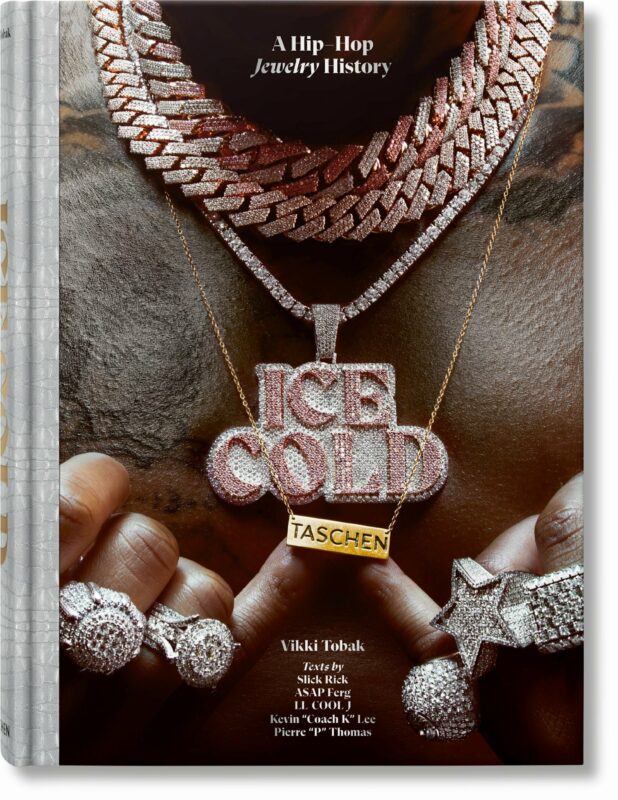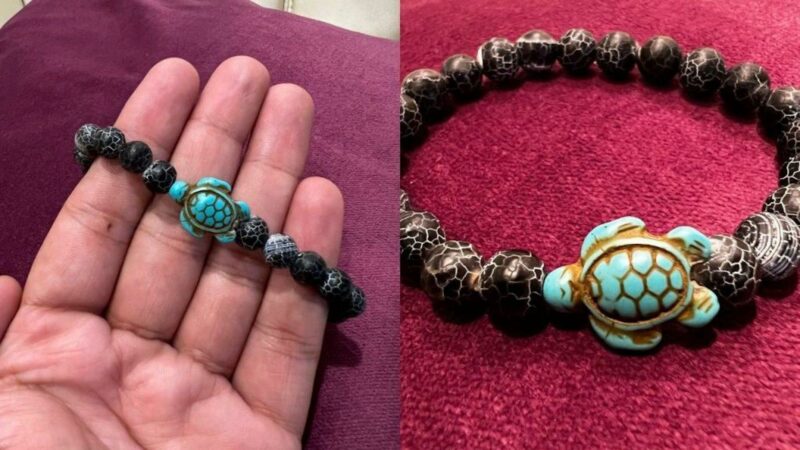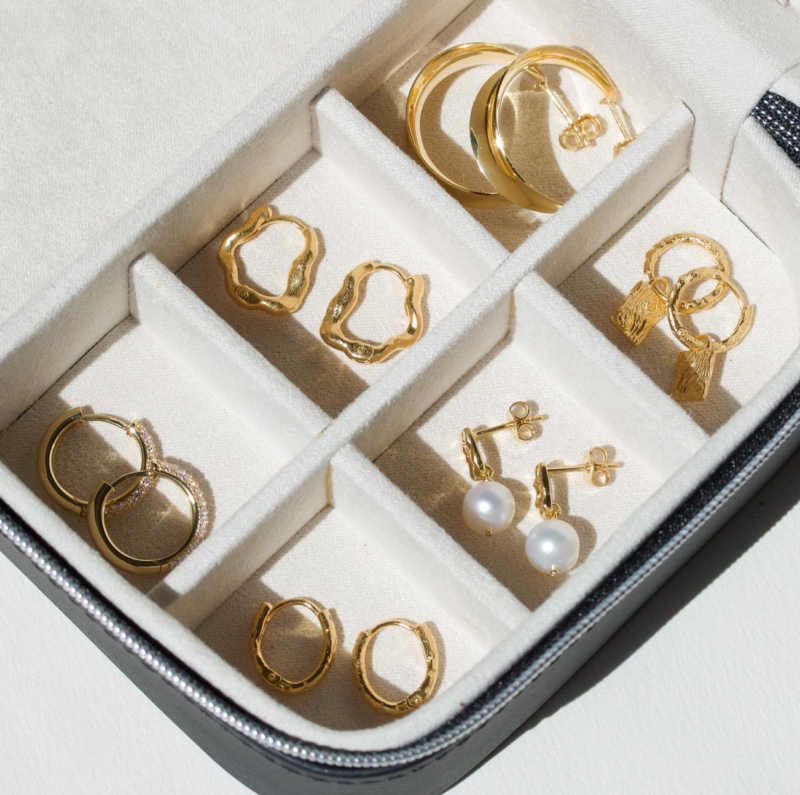
Revered the world over for their fire, brilliance and dazzling beauty, it is no wonder diamonds are still the number one choice when it comes to engagement rings. However, this classic gemstone does come at a significant cost compared to some other lesser-known options. For many people, the price is not the only factor when choosing an engagement ring, as other issues such as sustainability and environmental concerns are also becoming increasingly important.
Fortunately, there are no rules when choosing which gemstone to opt for but for those of you who still feel that diamonds are a girl’s best friend, yet are deterred by the factors mentioned above, this article has picked out some excellent alternatives for you to consider as the gemstone choice for your engagement ring.
Lab-Created Diamonds
Understandably, many people have been put off by the methods employed by the diamond industry. Diamond mining is known to have a devastating impact on ecosystems contributing to deforestation, water pollution and soil erosion, which all adversely affect local wildlife and fish. Diamond extraction also relies heavily on explosives, the use of fossil fuels and heavy machinery which result in greenhouse gases and other pollutants being released into the atmosphere which cause climate change.
In addition to the environmental impact, the diamond industry has also suffered from its association with unethical practices such as child labor, poor working conditions and other human rights violations. Diamonds have also been extensively mined in war-torn regions to finance insurgencies and terrorism leading to the term ‘blood diamond’, or ‘conflict diamond’. As a result of these issues, for many, traditionally sourced diamonds have lost their sparkle.
Fortunately, you do not have to forgo your favorite gemstone as lab-created diamonds offer a clean and ethically sourced alternative for engagement rings. The rise in popularity for lab-created stones can be seen by their expanding share increase in the global diamond market which is predicted to reach 10% in 2030. Lab-created diamonds also offer the same qualities as naturally sourced diamonds, yet are often 40% to 60% less expensive making them a more affordable way of buying a diamond.
Moissanite
This gemstone was named after the French scientist, Henri Moissan, who first discovered it in 1893. Commonly found within meteors, moissanite is a gemstone that literally comes from space, however, these days this rare mineral is almost always created in labs.
Moissanite is a silicon carbide which closely resembles a diamond in its appearance, and with a 9.25 rating on the Mohs scale, is the second hardest mineral in the world after diamonds.
Moissanite’s fire is almost twice that of diamond and for some, this can be too much. Measuring 2.65 on the refractive index, moissanite offers a fiery brilliance above that of a diamond due to its ability to disperse light and it is this resplendent property of moissanite that often distinguishes it from a diamond.
Moissanite has more of a rainbow or ‘disco ball’ dispersion effect while diamonds produce more of a white light scintillation. If the former is what you are seeking then moissanite can offer the perfect substitute.
Moissanite is also one of the most affordable alternatives to diamonds. As a general guide, a nearly colorless one-carat diamond will set you back around $5000, whereas a completely colorless moissanite is significantly less at around $600.
To the naked eye, there is little difference between a moissanite gemstone and a diamond. In terms of durability and affordability, moissanite is a great choice when it comes to choosing the stone for your engagement ring.
White Sapphire
These colorless gemstones are a type of aluminum oxide that originate from the corundum family of minerals. Found mostly in Southeast Asia, Africa and the Middle East these rather rare gemstones are usually created in labs.
White sapphires are free from any trace elements, giving them a clarity and sparkle similar to that of a diamond. With a 9 rating on the Mohs scale they are also durable and highly resistant to chipping and scratching, making them ideal for the everyday wear of an engagement ring.
As they do not reflect as much light compared to moissanite or diamond, white sapphires are slightly less sparkly and can also develop a slightly milky or cloudy tinge to them, causing them to dull and lose their luster. However, if you prefer an engagement ring that is more subtle in its appeal, white sapphires can make the perfect choice compared to diamonds. They are also much more affordable than diamonds at any given carat size.
Now that you know more about the alternatives available to you, you can make an informed choice about your diamond alternative.









